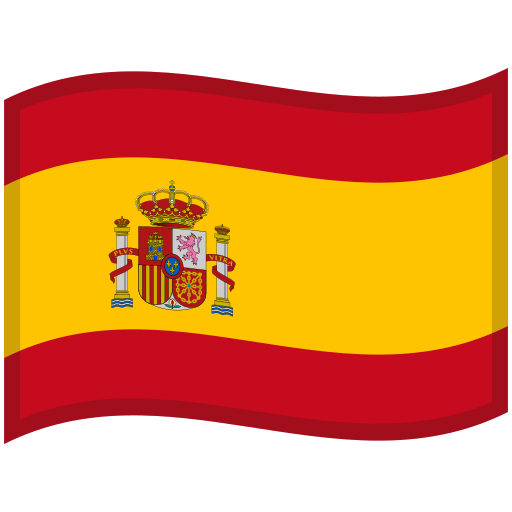Beta-Glucans Are Indigestible Polysaccharides Found in Mushrooms, Yeasts, Algae, Lichens, and Grains
Recent scientific studies have shown that these polysaccharides offer important health benefits. They support the gut microbiota and the immune system, helping to enhance immune responsiveness against external threats such as viruses and bacteria.
Structure and Properties of Beta-Glucans
Specifically, the term “glucans” refers to chains made up of repeated units of D-glucose, which, depending on the type of ring structure they form, can be classified as alpha-glucans or beta-glucans. Beta-glucans are glucans in which the glucose units repeated along the main chain are in the beta form. In contrast, alpha-glucans have chains with repetitive units in the alpha form. Among the most well-known alpha-glucans are starch and glycogen.
From a chemical structure perspective, beta-glucans are further classified based on the types of bonds between the monomer units, such as beta-1,3 – beta-1,4 or beta-1,3 – beta-1,6. The latter types have greater structural heterogeneity, a feature that influences and defines their different biological activities.
Beta-glucans are particularly interesting because they are highly flexible compounds with very low digestibility, yet they are favorably metabolized by the gut microbiota, especially by bifidobacteria — valuable allies of our large intestine.
Thanks to their action on the gut microbiota, these polysaccharides also influence metabolic functions, particularly by helping to balance levels of bad cholesterol, reducing sugar absorption, regulating blood glucose levels, and positively modulating the immune system.
Beta-Glucans and the Gut Microbiota

Beta-glucans can be either soluble, with low molecular weight, or insoluble, with high molecular weight. The soluble ones, found in barley and oats, when consumed in adequate amounts, are able to form a viscous substance in the upper part of the gastrointestinal tract and are later fermented in the colon, supporting the gut microbiota.
Insoluble beta-glucans, on the other hand, reach and pass through the ileocecal valve unchanged and are metabolized by the gut microbiota, producing short-chain fatty acids that are extremely beneficial for nourishing and maintaining the health of the intestinal mucosa.
Additionally, insoluble beta-glucans can be broken down by the microbiota into smaller, low molecular weight soluble beta-glucans, which play a valuable role in modulating the immune system.
Beta-Glucans and the Immune System

The European Food Safety Authority (EFSA) recognizes the role of beta-glucans in reducing blood cholesterol levels and, consequently, the risk of cardiovascular disease. These benefits are observed with a daily intake of at least 3 grams, as part of a varied and balanced diet.
Once ingested—either through food or supplements—beta-glucans interact with the large intestine, where they gently stimulate immune function. They activate phagocytes, a class of white blood cells that engulf and destroy pathogens such as fungi, viruses, parasites, and bacteria
This balanced modulation helps prevent overactive immune responses, which are often associated with allergies and autoimmune disorders. As glucose polymers, beta-glucans also promote the growth of probiotic strains and contribute to healthier blood lipid profiles.
Medicinal Mushrooms Offer the Highest Quality and Concentration of Beta-Glucans

While brewer’s yeast (Saccharomyces cerevisiae) is a well-known source of beta-glucans, recent research is increasingly focused on the beta-glucans found in medicinal mushrooms.
Dietary supplements made from medicinal mushrooms contain both soluble and insoluble beta-glucans—especially when formulated using both hydroalcoholic extracts and whole mushroom powder, as seen in the Micotherapy line by AVD Reform
The beta-glucans found in medicinal mushrooms, characterized by beta-1,3 and beta-1,6 branching, possess a high degree of structural heterogeneity that makes them unique and significantly more powerful for immune support compared to those found in barley and oats, which have a simpler and more linear structure.
Think of mushroom beta-glucans as an intricate fishing net, while cereal beta-glucans are like a single thread that needs to be woven into a net—taking much more time and effort. Just a few grams of beta-glucans from medicinal mushrooms can have the same impact as a generous plate of barley and oats.
Among the most studied and biologically effective polysaccharides—particularly the soluble ones—in scientific literature are those found in medicinal mushrooms such as Reishi (Ganoderma lucidum), Shiitake (Lentinula edodes), Maitake (Grifola frondosa), and Hericium erinaceus. Once absorbed in the ileum through pinocytosis by M cells, they can exert a more powerful and effective immunomodulatory effect.





